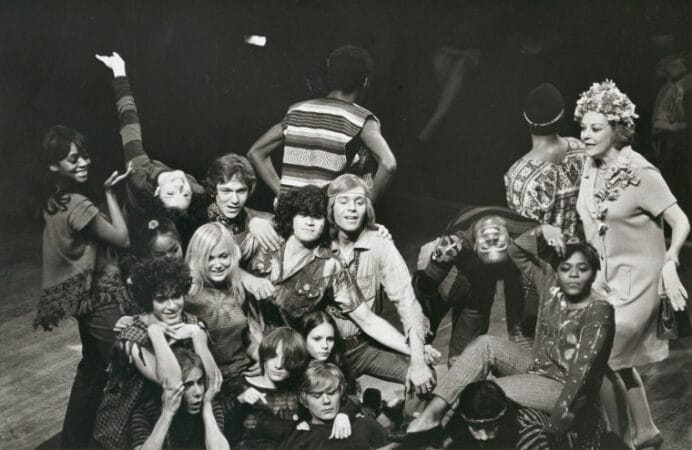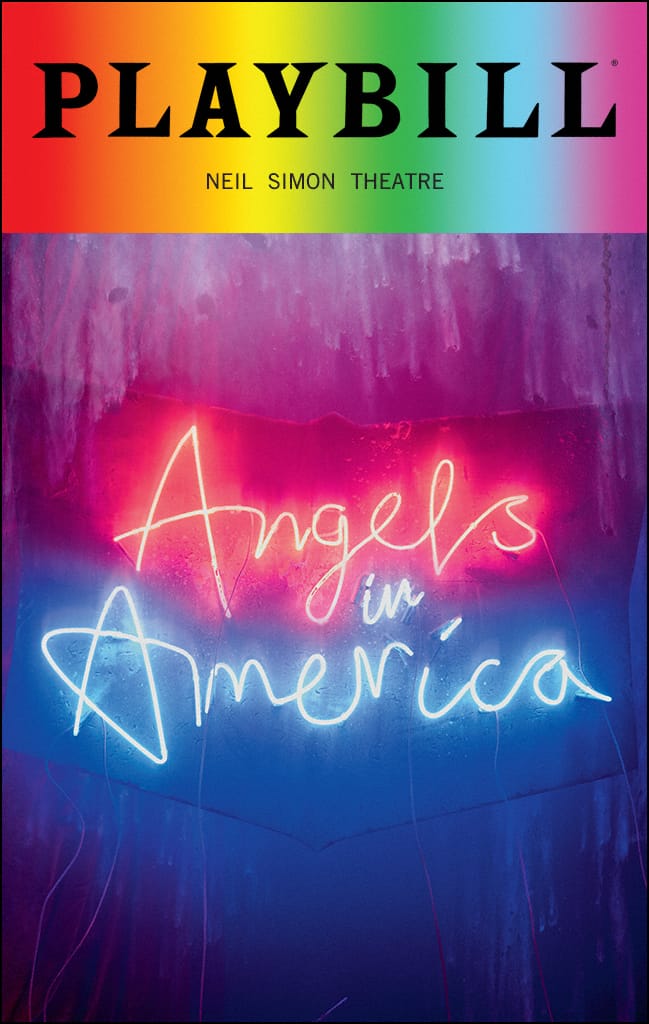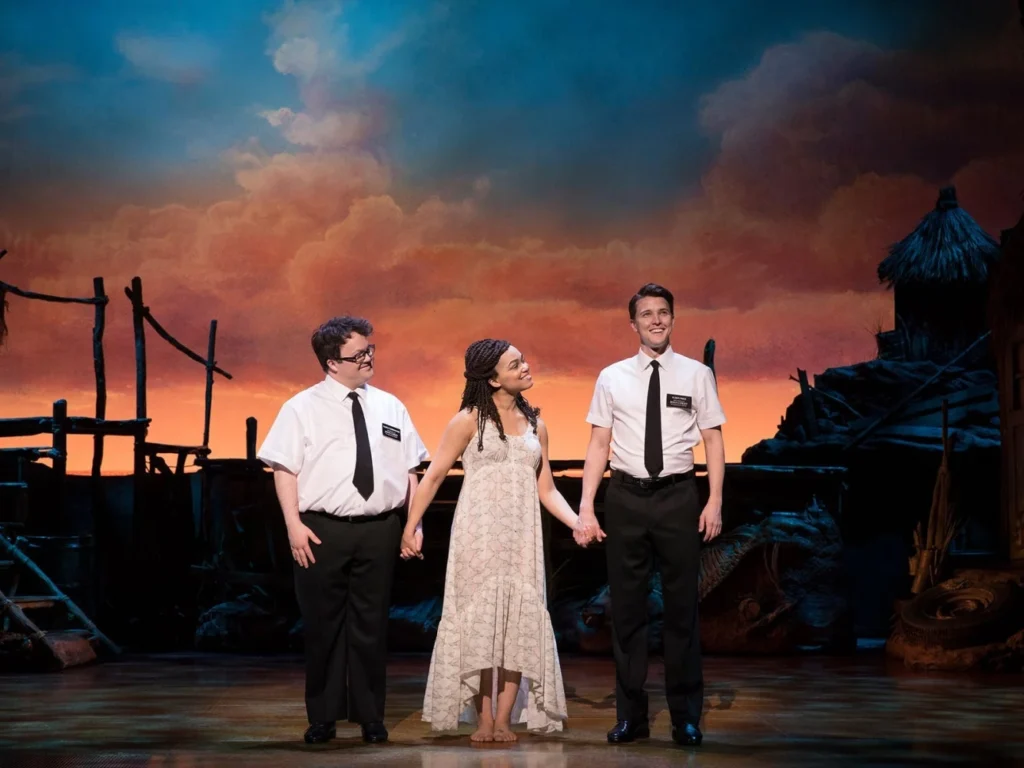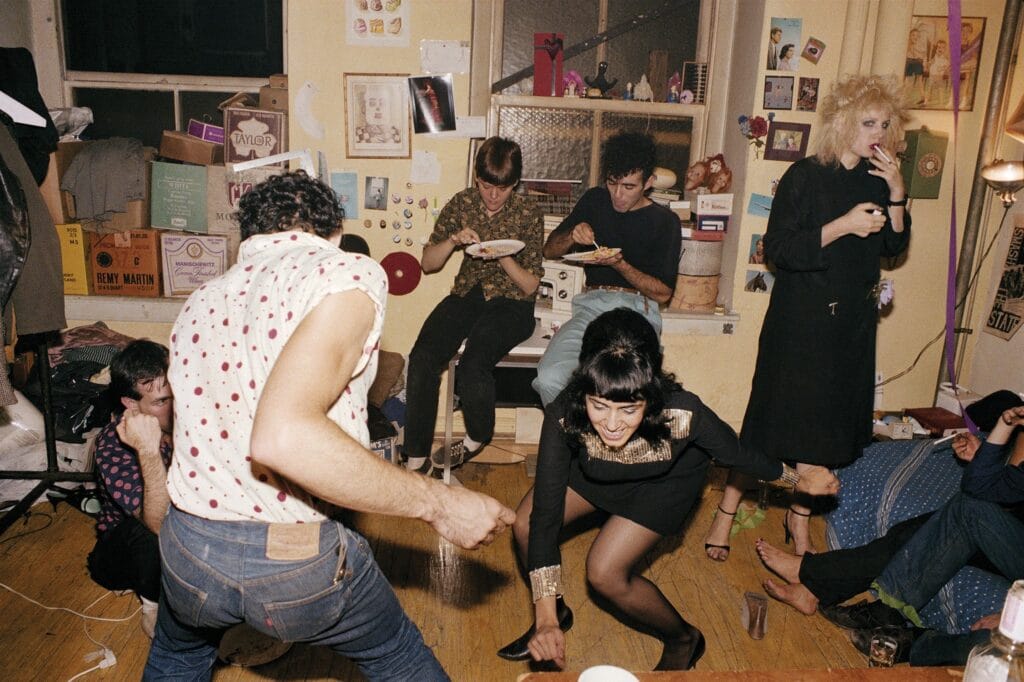Subversive and polemical theater is a form of dramatic art that seeks to challenge societal norms, provoke critical thought, and stimulate intellectual debates through its content and presentation. Unlike conventional theater, which may prioritize entertainment or traditional storytelling, subversive and polemical plays often delve into controversial subjects, questioning established values and sparking discussion among audiences.
Historically, this genre of theater has served as a potent medium for social and political commentary. From ancient Greek tragedies that explored the human condition and societal flaws to the revolutionary plays of the 20th century, subversive theater has consistently been a platform for addressing pressing issues and advocating for change. This tradition of using the stage as a mirror to reflect and critique society continues to resonate in contemporary productions.
The essence of subversive and polemical theater lies in its ability to disturb the status quo. By confronting sensitive topics such as race, gender, class, and politics, these plays encourage audiences to reconsider their perspectives and engage in meaningful conversations. The provocations offered by such theater are not merely for shock value; they are crafted to illuminate injustices, endorse empathy, and inspire activism.
Broadway, known for its diverse array of theatrical works, has been home to numerous plays that embody the spirit of subversive and polemical theater. These productions have not only entertained but also educated and influenced public opinion, making significant cultural impacts. This blog post will delve into three of the most subversive and polemical Broadway plays, examining their themes, reception, and the reasons behind their enduring relevance. Through this exploration, we aim to highlight the transformative power of theater as a tool for social examination and change.




Play 1: ‘Hair’ – The Revolution of Counterculture
‘Hair’ stands as a seminal work in the annals of Broadway, fundamentally altering the landscape of musical theater when it premiered in 1967. A reflection of the counterculture movement, the play tackled themes considered highly controversial at the time, such as anti-Vietnam War sentiment, sexual liberation, and drug use. It embodied the spirit of rebellious youth who sought to challenge the status quo and break free from societal constraints.
The musical’s anti-war message was particularly resonant during an era marked by widespread protest against the Vietnam War. Through powerful lyrics and evocative performances, ‘Hair’ vividly conveyed the disillusionment and anger of a generation questioning the motives and morality behind military conflict. This unapologetic critique of the war effort resonated deeply with many, amplifying the voices of anti-war activists and forging a clear connection between art and political dissent.
In addition to its political commentary, ‘Hair’ boldly addressed themes of sexual freedom and experimentation. At a time when societal norms were rigid and conservative, the musical’s frank portrayal of sexuality and relationships was both shocking and liberating. The inclusion of nudity and candid discussions about sex pushed the boundaries of what was considered acceptable on stage, prompting heated debates and varied reactions from critics and audiences alike.
Drug use, another controversial subject, was depicted with an honesty and openness that had rarely been seen in mainstream entertainment. ‘Hair’ did not shy away from showing the reality of substance use, presenting it as an integral part of the counterculture experience. This unflinching portrayal challenged prevailing narratives and invited audiences to explore the complexities of drug culture without immediate judgment.
The cultural and political impact of ‘Hair’ was profound. It not only broke taboos but also created a new paradigm for what musical theater could be—raw, real, and resonant with contemporary issues. The reactions were polarized; while some hailed it as revolutionary art, others condemned it as indecent. Nonetheless, ‘Hair’ paved the way for future generations of theater, inspiring countless productions to push boundaries and address pressing social issues with honesty and courage.





Play 2: ‘Angels in America’ – A Deep Dive into AIDS and Homosexuality
Tony Kushner’s ‘Angels in America’ stands as a landmark in American theater, addressing the harrowing realities of the AIDS crisis and homosexuality during the Reagan era. The play, which is divided into two parts—’Millennium Approaches’ and ‘Perestroika’—offers a candid exploration of gay relationships at a time when the subject was often marginalized or shrouded in stigma. By weaving together the personal struggles of its characters with broader societal and political themes, Kushner creates a deeply subversive and thought-provoking narrative.
The narrative of ‘Angels in America’ revolves around several interconnected characters, each grappling with their own crises and existential questions. Prior Walter, a gay man living with AIDS, serves as a focal point for the story’s exploration of illness, love, and survival. His relationship with Louis Ironson, who abandons him due to fear and helplessness, highlights the emotional and psychological toll the epidemic took on individuals and their relationships. Other characters, such as the closeted lawyer Joe Pitt and his wife Harper, provide additional layers to the narrative, addressing issues of identity, denial, and societal expectations.
One of the play’s most subversive elements is its unflinching critique of political and societal indifference towards the AIDS epidemic. Through characters like Roy Cohn, a real-life figure who was a key political fixer and vehemently anti-gay, Kushner exposes the hypocrisy and cruelty of those in power. Cohn’s ultimate demise from AIDS-related complications serves as a potent symbol of the consequences of such indifference and denial.
‘Angels in America’ received widespread acclaim for its intricate character development, thematic depth, and bold narrative structure. It won numerous awards, including the Pulitzer Prize for Drama and several Tony Awards. Its legacy extends beyond the theater community, resonating with broader societal shifts towards greater acceptance and understanding of LGBTQ+ issues. By addressing such urgent and sensitive topics with honesty and empathy, Kushner’s work remains a powerful and enduring piece of investigative journalism within the realm of art.





Play 3: ‘The Book of Mormon’ – Satire and Religious Critique
‘The Book of Mormon,’ a contemporary musical created by Trey Parker, Matt Stone, and Robert Lopez, stands as a testament to the power of satire in addressing profound societal issues. This play, which premiered on Broadway in 2011, uses humor as a vehicle to critique religious practices and beliefs, while simultaneously engaging audiences in broader societal conversations about faith, missionary work, and cultural imperialism.
At its core, ‘The Book of Mormon’ follows two young Mormon missionaries who are sent to Uganda to convert villagers to their faith. Through their journey, the musical reveals the naivety and idealism often associated with missionary work, while also exposing the complexities and challenges faced by those they aim to help. The play’s comedic approach does not shy away from discussing serious topics, including poverty, disease, and the clash between Western religious ideals and local cultural practices.
The sharp satire and bold humor of ‘The Book of Mormon’ have not been without controversy. Numerous religious communities, particularly the Church of Jesus Christ of Latter-day Saints, have voiced their objections to the play’s portrayal of their faith. Despite these controversies, the creators have maintained that their goal was not to insult but to spark discussion and reflection on the role of religion in modern society. The nuanced depiction of the characters and their development throughout the narrative encourages audiences to question and reassess their perspectives on faith and cultural imperialism.
Beyond its controversial content, ‘The Book of Mormon’ has achieved significant artistic and commercial success. It has garnered numerous awards, including nine Tony Awards, and has enjoyed long-running productions in multiple cities. The play’s ability to combine humor with biting social commentary has ensured its enduring relevance and impact. By pushing boundaries and challenging audiences to think critically about religion and society, ‘The Book of Mormon’ exemplifies the subversive and polemical power of contemporary Broadway plays.






